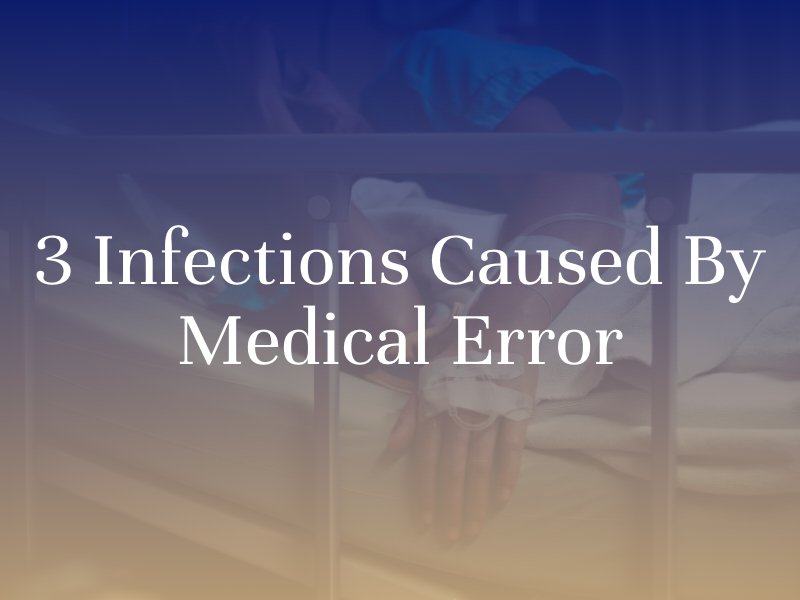
3 Infections Caused By Medical Error
Colburn Law
Posted in Medical Malpractice on October 31, 2023
When seeking medical care, you expect that your doctor’s visit or hospital stay will help you begin the path to healing. However, there are instances when unforeseen complications arise due to a medical error, leading to serious and sometimes life-threatening complications. If this happens to someone, a Seattle medical malpractice lawyer might be able to help with the next steps.
Hospital-acquired infections, often caused by medical errors such as non-sterile equipment, improper hand hygiene, or incorrectly inserted medical devices, are one such risk. These infections can lead to prolonged hospital stays, increased medical costs, and in some severe cases, fatal outcomes. Below are three infections commonly associated with medical negligence.

#1: Methicillin-Resistant Staphylococcus Aureus
Methicillin-resistant staphylococcus aureus, commonly known as MRSA, is a strain of staph bacteria. These bacteria can easily spread between individuals or linger on surfaces, including hospital linens. The hallmark sign of an MRSA infection is the appearance of swollen, tender bumps on the skin, often filled with pus and potentially accompanied by fever.
While primarily a skin infection, MRSA has the potential to invade deeper into the body, affecting the bloodstream, lungs, urinary tract, and other internal organs. If MRSA is not detected and managed promptly, it poses a severe health risk and can even be fatal. Because MRSA is resistant to many antibiotics that treat other staph infections, it often requires specialized treatment.
#2: Vancomycin-Resistant Enterococci
Vancomycin-resistant enterococci (VRE) is a group of bacteria resistant to several antibiotics. Under normal circumstances, enterococci bacteria coexist harmlessly on our skin, in the female genital area, and within the intestines. However, these bacteria can become dangerous when they migrate to regions like the urinary tract, bloodstream, surgical wounds, or catheter sites.
VRE transmission frequently occurs during surgeries or due to contaminated catheters. Those infected may exhibit symptoms such as red, tender skin, fever, chills, pronounced swelling, and an elevated heart rate.
#3: Catheter-Associated Bloodstream Infection
Many hospital patients undergo treatments that involve the use of catheters, which are flexible tubes used to deliver fluids, medications, or to extract samples like blood or urine. It’s imperative that these tubes remain sterile. If not, harmful bacteria can use the catheter to enter the body, either through the tube itself or the insertion site.
A catheter-associated infection can rapidly spread to the bloodstream, posing significant and life-threatening risks. Indicators of such an infection include redness at or around the catheter site, swelling, warmth, unusual discharge, and general discomfort. Fever can also be a telltale sign of an underlying infection.
Legal Options for Victims of Hospital-Acquired Infections
Patients trust medical professionals with their health and well-being. However, when standard procedures aren’t followed, and a patient contracts an infection as a result of negligence, it may be grounds for a medical malpractice lawsuit.
Medical malpractice claims allow victims of hospital-acquired infections and other forms of negligence seek compensation for their damages. If the infection was preventable and the direct result of negligence or error, the victim is entitled to file a claim and may recover a settlement to help pay for medical expenses, lost wages, and more.
If you or a loved one develop an infection at a hospital, contact a personal injury attorney at Colburn Law today. An attorney can evaluate your case and determine whether you have grounds for a lawsuit, helping take your first steps toward recovery and justice.



